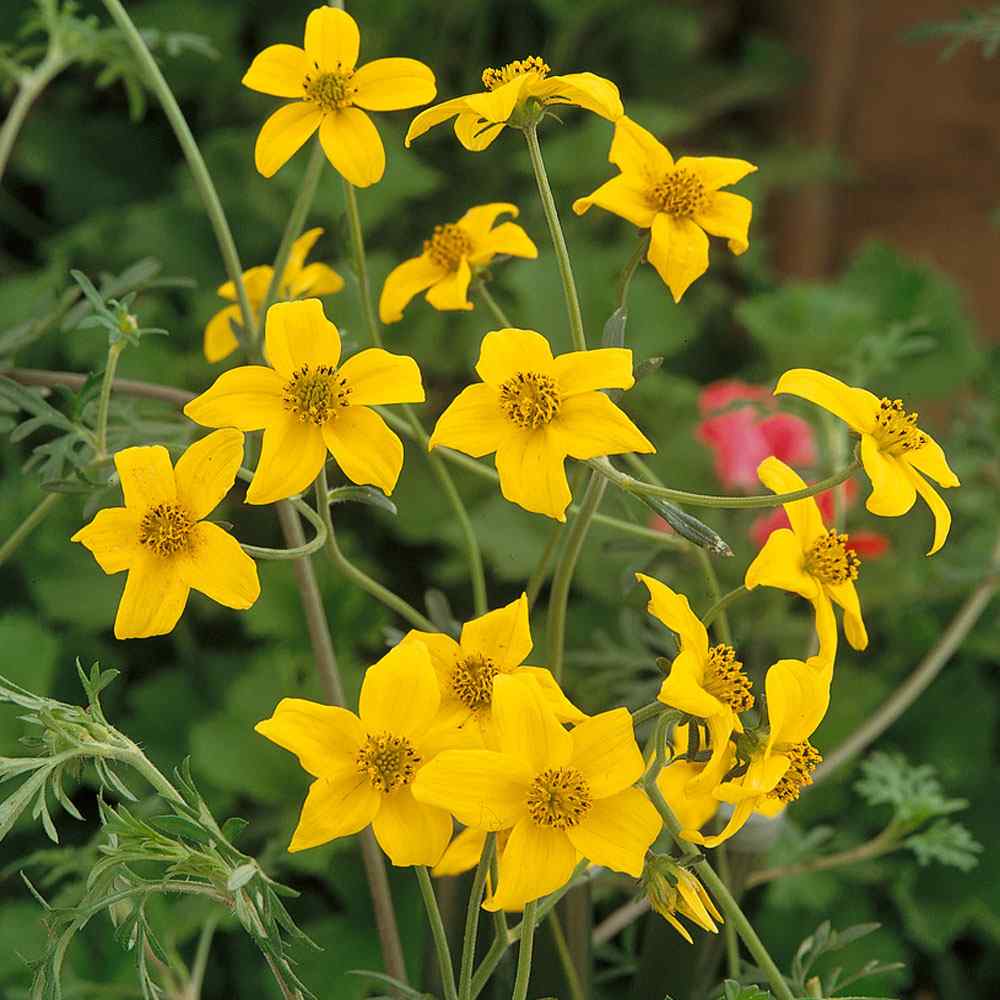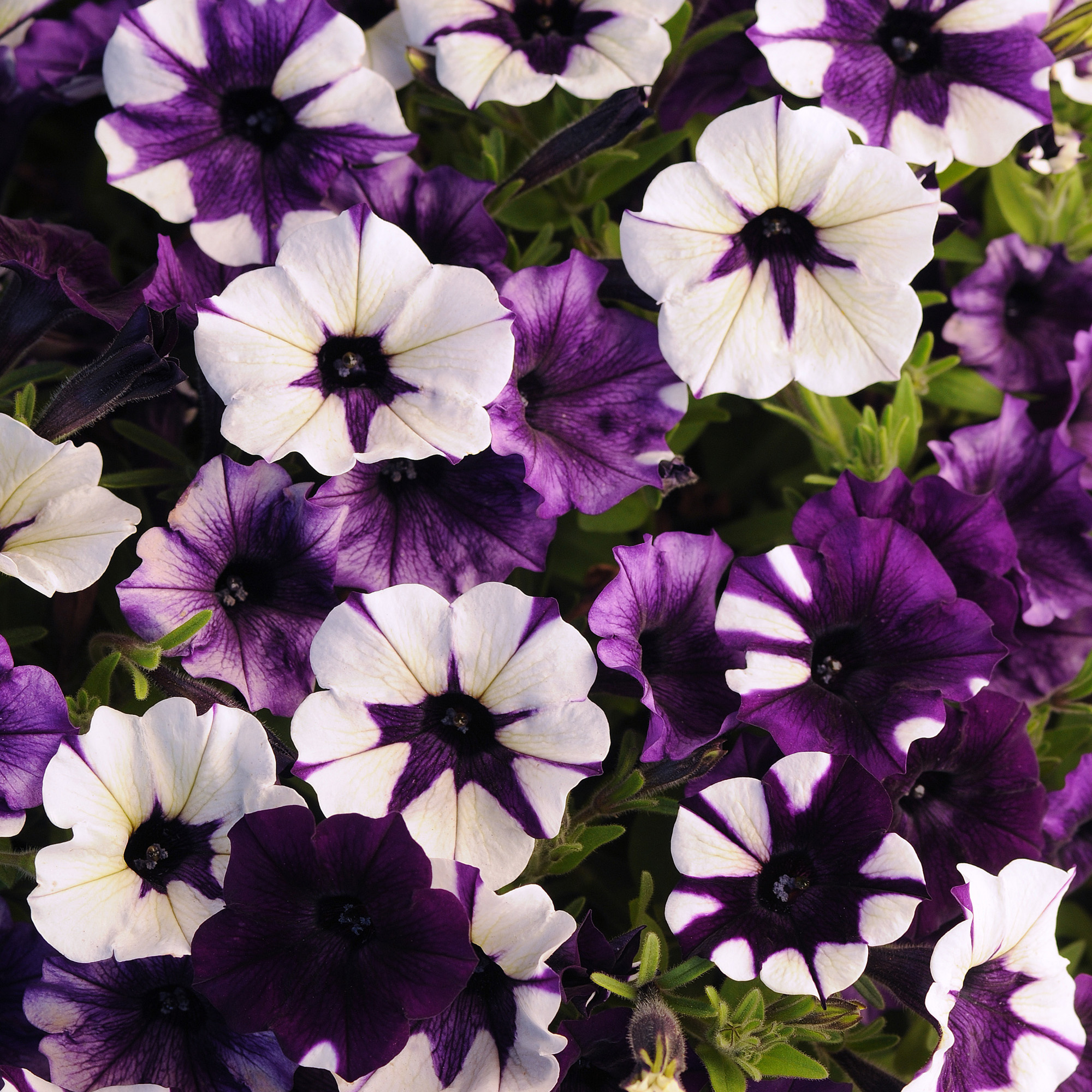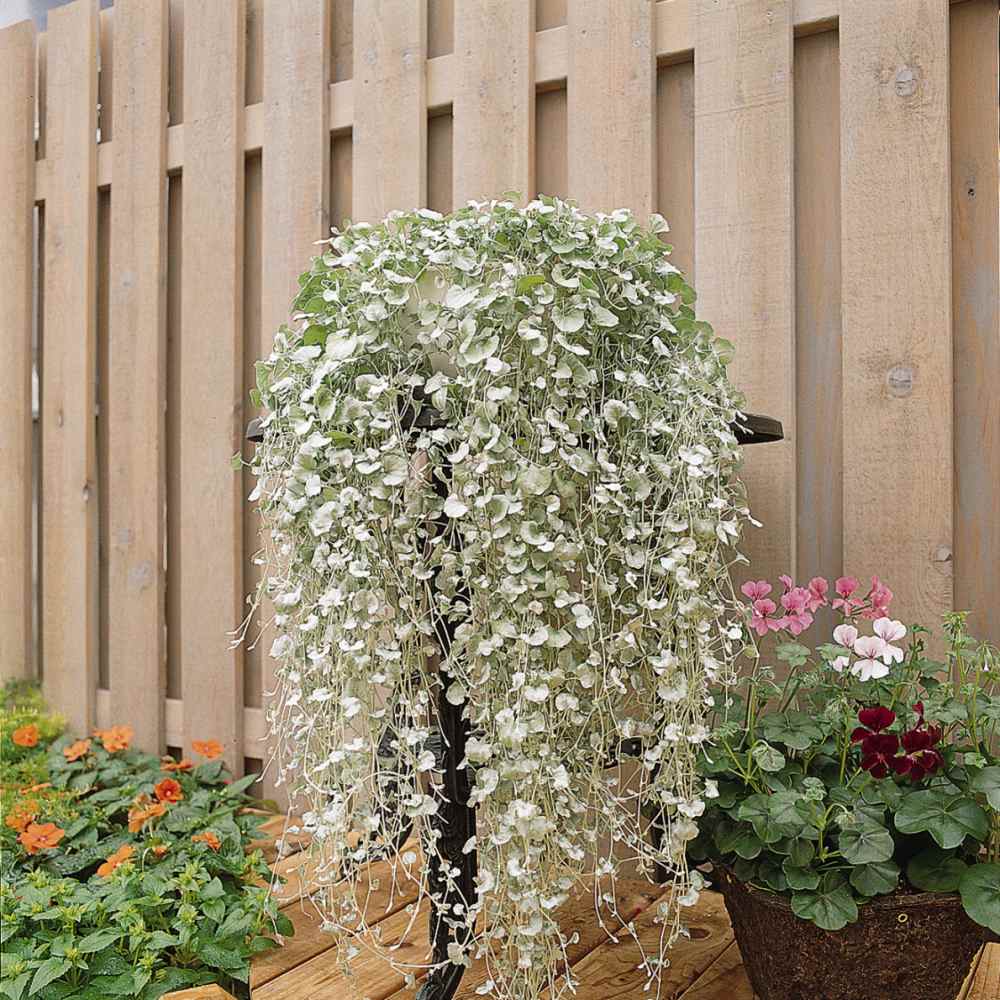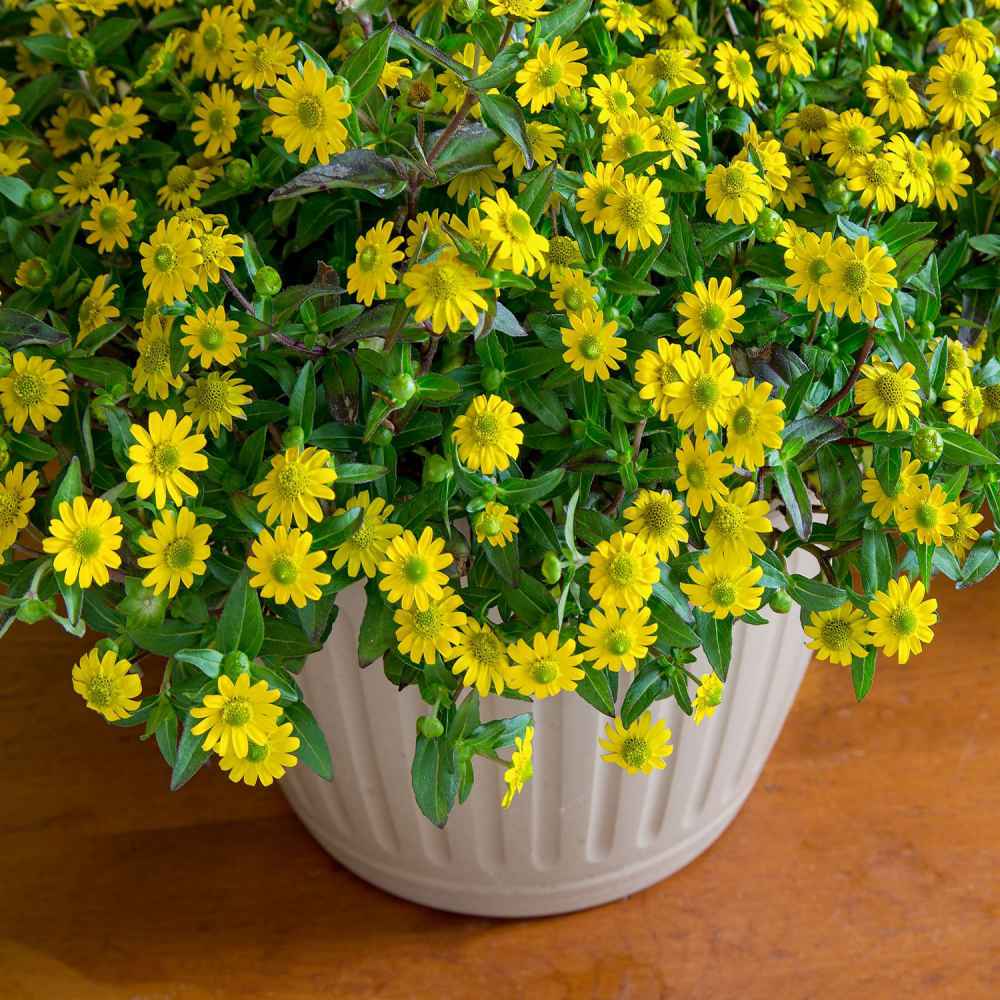
Bur Marigold (Bidens) Planting Guide
Quick Facts About Bur Marigold
Bur marigold is an annual flowering plant that grows in USDA zones 4 through 10. It prefers areas of full sun and is tolerant of heat. Bur marigold is a strong self-sower, and is capable of spreading and returning year after year.
Planting Time
Seeds can be started indoors 6 weeks before the last expected frost: this gives a jump on the growing season. Seeds can also be started directly outdoors in the spring if desired after danger of frost.

Planting Location
Grow in full sun and well drained soils.
How to Plant Bur Marigold - Bidens Aurea
- Sow seeds indoors in trays 2 - 3 seeds per cell.
- Surface sow seeds, only pressing them into the soil.
- Keep soil moist until germination.
- Place your seed tray in a sunny location and maintain a temperature of at least 65 degrees Fahrenheit.
- As seedlings appear, ensure they receive ample light by placing them on a sunny windowsill or under fluorescent plant lights, positioned 3-4 inches above, for 16 hours a day followed by 8 hours of darkness at night. Adjust the lights higher as the plants grow. Avoid using incandescent bulbs as they generate excessive heat. Remember, most plants need a period of darkness to grow, so it's important not to leave the lights for the full 24 hours in a day.
- Before planting outdoors in your garden or containers, seedling plants need to be “hardened off”. Accustom young plants to outdoor conditions by moving them to a sheltered place outside for a week. Be sure to protect them from wind and hot sun at first. If frost threatens at night, cover or bring containers indoors, then take them out again in the morning. This hardening off process toughens the plant’s cell structure and reduces transplant shock and scalding.
- Transplant 15 - 18 inches apart in your garden.

Care And Maintenance
- Maintaining control over weeds is crucial throughout the growing season. Weeds compete with your plants for water, space, and nutrients. Manage them with frequent cultivation or by applying mulch to inhibit the germination of their seeds.
- Bidens will die in the winter if temperatures drop below 40 degrees Fahrenheit. They are an annual in frosty regions and must be planted again in the spring. In zones 8-11, it will grow as a perennial. It will lose its blooms in late fall and winter, but its beautiful foliage remains green all year. A 2-inch layer of mulch can help ensure they stay hearty.
- In the summer's peak heat, following the initial bloom, cut the plant down to half its size.
- Pruning brings bushier growth, likely producing more flowers.
- Fertilize monthly to keep flower production vigorous.
- Make sure this plant has full sun for full bloom potential.
- Make an excellent choice for container gardening. The abundant foliage and flowers are well-suited to flower boxes or hanging planters. Much of the care when grown in containers is the same; however, it is important to fertilize these plants since they require rich soil for flowering and overall vitality.
- When bidens lose their vibrancy and vigor, this is a sign they may need dividing or repotting. You'll know it's rootbound if water pools at the top of the soil, no longer draining, or roots start growing out of the drainage holes. Get another same-size pot, divide the root ball in half, and replant each half in each of the pots in moistened soil. This plant may need dividing and repotting every two to three years.




































